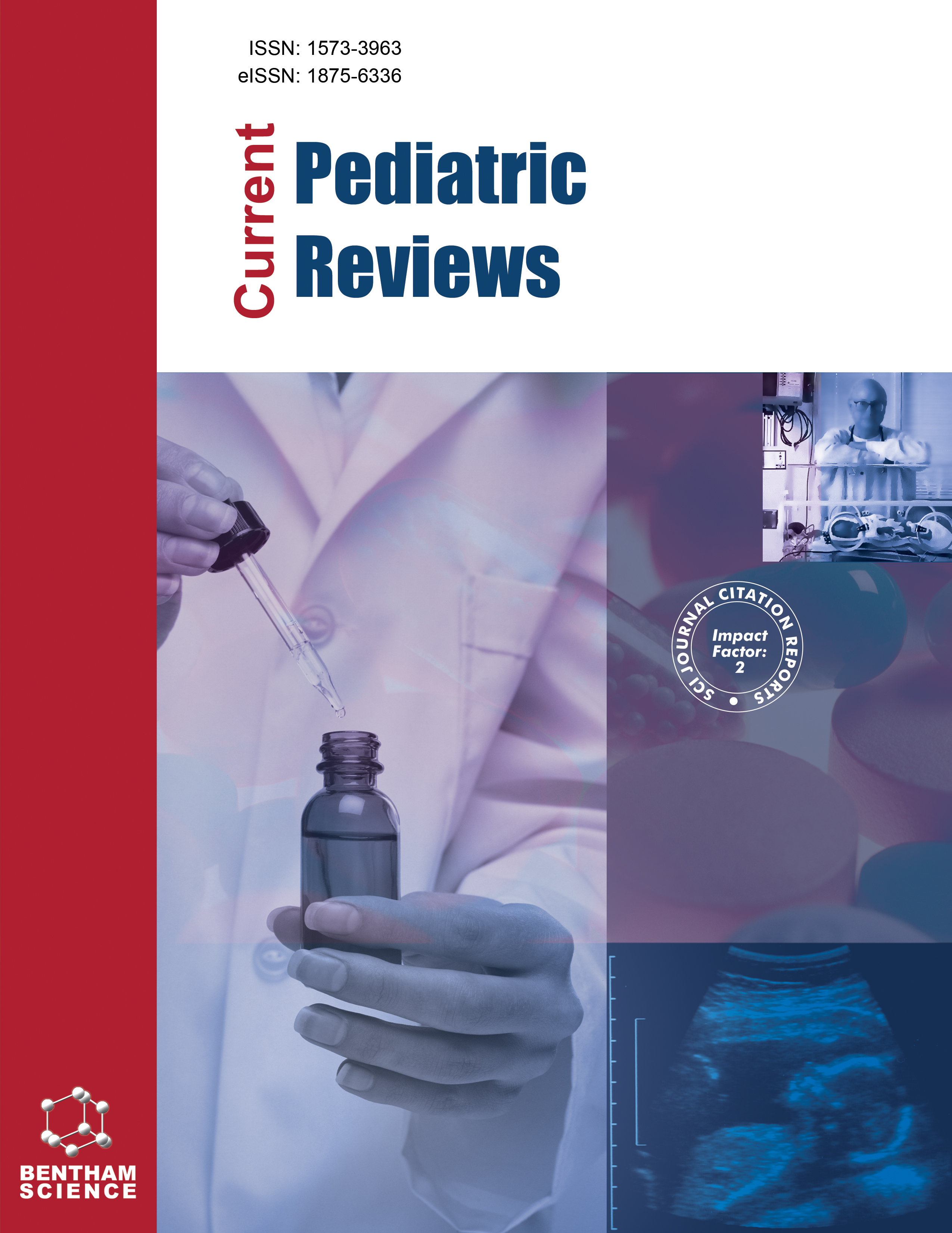-
s Iron Bisglycinate Chelate and Polymaltose Iron for the Treatment of Iron Deficiency Anemia: A Pilot Randomized Trial
- Source: Current Pediatric Reviews, Volume 14, Issue 4, Nov 2018, p. 261 - 268
-
- 01 Nov 2018
Abstract
Background: Iron Deficiency Anemia (IDA) is a major public health problem worldwide. Iron Bisglycinate Chelate (FeBC) and polymaltose iron (FeP) are used for the treatment of IDA and exhibit good tolerability with a low incidence of adverse effects. However, these compounds have important differences in their structures and bioavailability. Objective: To compare the efficacy of oral supplementation with FeBC and FeP in anemic children. Methods: In this double-blind study, children aged 1 to 13 years who were diagnosed with IDA were randomly divided into two groups: i) FeBC, supplemented with iron bisglycinate chelate, and ii) FeP, supplemented with polymaltose iron (3.0 mg iron/kg body weight/day for 45 days for both groups). Results: Both treatments resulted in significant increases in hemoglobin levels, Mean Corpuscular Volume (MCV) and Cell Distribution Width (RDW) and in a reduction of transferrin levels, relative to initial values. However, only FeBC treatment significantly increased ferritin and Mean Corpuscular Hemoglobin (MCH) levels. A significant negative correlation was observed between the increase in ferritin and initial hemoglobin levels in the FeBC group, indicating that the absorption of FeBC is regulated by the body iron demand. Conclusion: These results provide preliminary evidence to suggest a greater efficacy of FeBC than FeP in increasing iron stores.


